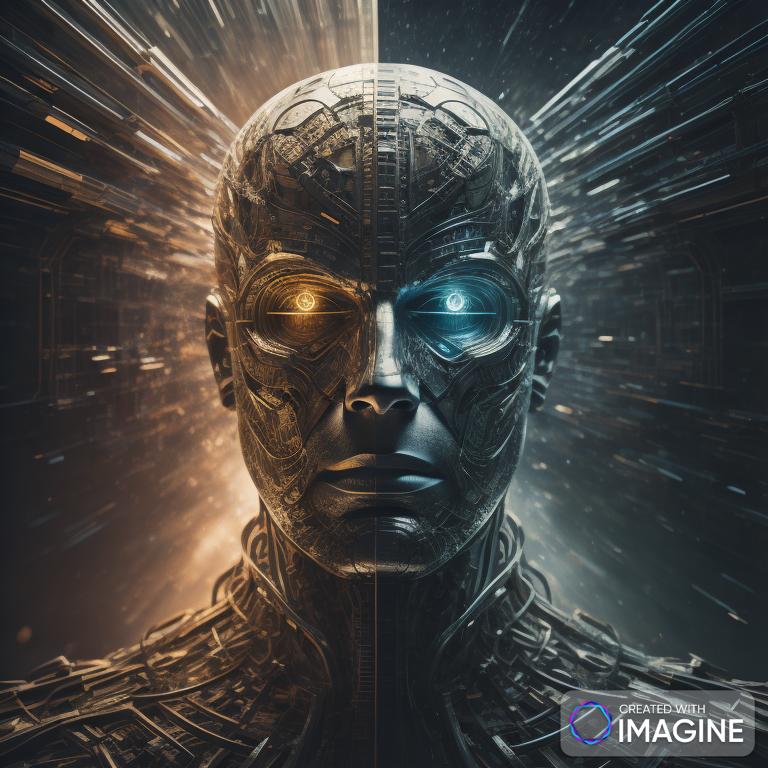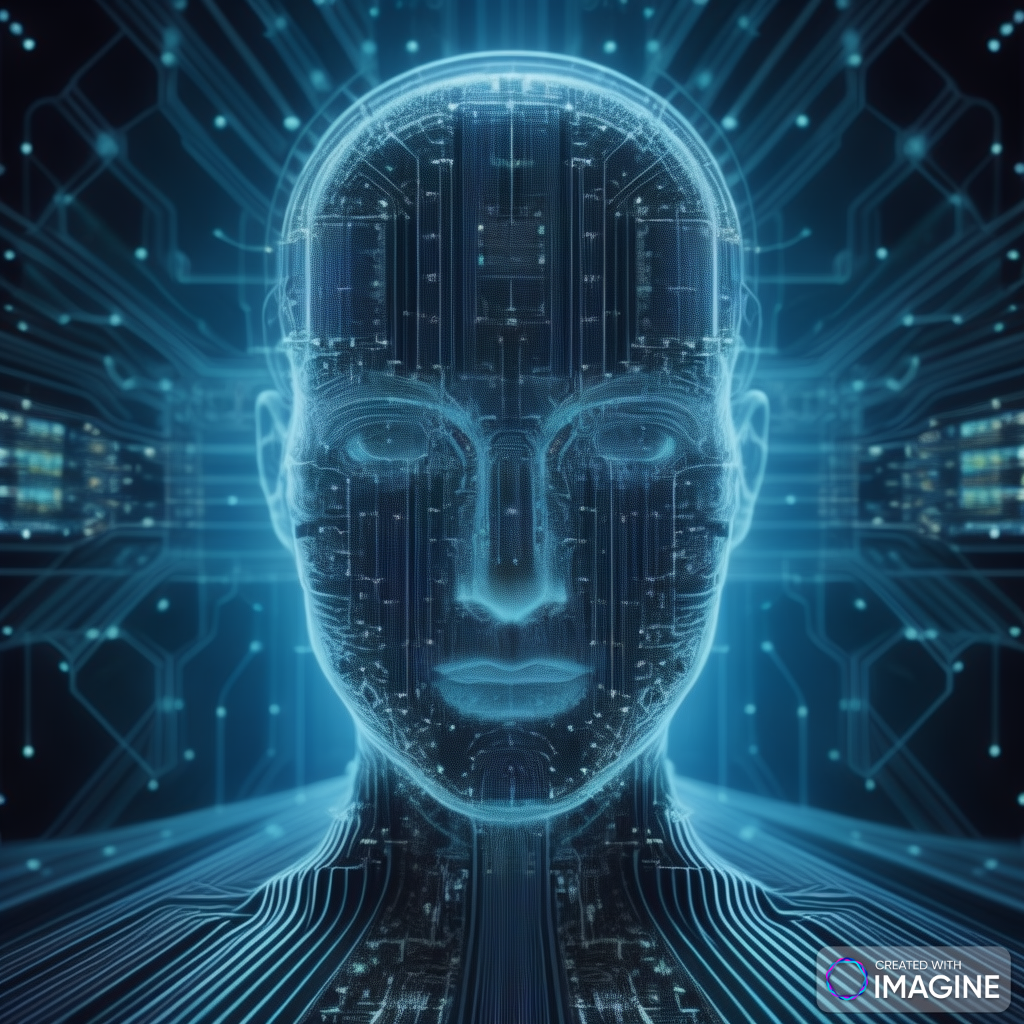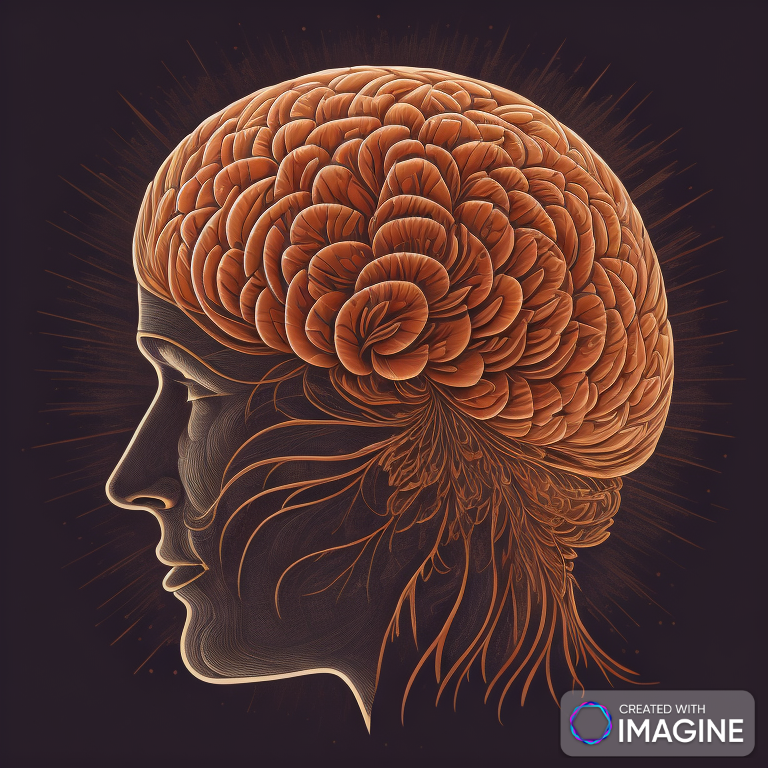Introduction:
In the vast landscape of Artificial Intelligence (AI), understanding the intricacies of computation is akin to deciphering a symphony. This blog post delves into the intertwined realms of perception, reasoning, and action, dissecting the computational underpinnings that empower AI to emulate human-like cognitive abilities.
- Perception in AI:
- Definition: Perception in artificial intelligence involves the acquisition and interpretation of sensory information.
- Components: Visual perception, auditory perception, tactile perception, etc.
- Key Algorithms: Image recognition, speech-to-text, natural language processing.
- Real-World Applications: Autonomous vehicles, facial recognition, virtual assistants.
- Reasoning in AI:
- Definition: Reasoning is the cognitive process of drawing inferences or conclusions from available information.
- Types: Deductive reasoning, inductive reasoning, abductive reasoning.
- Key Algorithms: Rule-based systems, decision trees, Bayesian networks.
- Applications: Expert systems, diagnostics, strategic planning.
- Action in AI:
- Definition: Action in AI refers to the execution of tasks or responses based on perceived information and reasoning.
- Execution Methods: Robotic actuators, virtual actions in software, command outputs.
- Examples: Robot movements, text generation, controlling IoT devices.
- Challenges: Ensuring actions align with intentions, mitigating risks in physical actions.
- Neural Networks and Cognitive Processing:
- Neural Network Role: Mimicking human brain structures for learning and decision-making.
- Deep Learning: Hierarchical processing for complex pattern recognition.
- Cognitive Processing Models: Connectionist models, parallel distributed processing.
- Machine Learning and Perception-Reasoning-Action Loop:
- Learning from Data: The role of machine learning algorithms in refining perception, reasoning, and action.
- Continuous Improvement: Iterative learning cycles for adaptive and intelligent behavior.
- Cognitive Architecture Overview:
- Integration: How perception, reasoning, and action components collaborate.
- Cognitive Systems: Understanding how AI systems emulate human-like cognitive processes.
- Emergent Behavior: Unpredicted intelligent actions resulting from interconnected components.
- Cognitive Robotics:
- Robotic Perception: Sensors and computer vision for interpreting the environment.
- Intelligent Decision-Making: Applying reasoning for optimal actions.
- Feedback Loops: Continuous adjustment based on the outcomes of actions.
- Ethical Considerations in AI Cognition:
- Bias in Perception: Addressing biases in training data affecting perception.
- Transparent Reasoning: Ensuring algorithms’ decision-making processes are explainable.
- Accountability in Action: Responsibility for AI actions and potential consequences.
- Future Trends in AI Cognition:
- Enhanced Perception: Advancements in sensor technologies and multimodal perception.
- Explainable AI: Continued focus on creating AI systems with transparent reasoning.
- Embodied AI: Integrating AI systems into physical entities for more sophisticated actions.
- Cognitive Computing Beyond AI:
- Human-AI Collaboration: Blending human and AI cognitive abilities for enhanced outcomes.
- Extended Cognition: Exploring ways AI can augment and extend human cognitive capabilities.
Section 1: Perception in AI
- Definition of Perception in AI: Perception in AI mirrors human sensory experiences, where machines collect information from the environment. Sensors, ranging from cameras to microphones, act as the conduits for data input. The preprocessing phase involves converting raw data into a format conducive for further analysis.
- Computational Models for Perception: AI leverages sophisticated computational models, with neural networks at the forefront. These models excel in pattern recognition, allowing machines to process images, interpret speech, and understand textual information.
- Case Studies:
- Healthcare Imaging: AI’s prowess in perceiving medical images expedites diagnostics.
- Autonomous Vehicles: Perception algorithms enable vehicles to interpret their surroundings, ensuring safe navigation.
Challenges and Advances in Perception:
- Ambiguity Handling: AI algorithms continue to improve in dealing with ambiguous or partial information.
- Multimodal Perception: Advances in combining inputs from various sensors for more holistic understanding.
Section 2: Reasoning in AI
- Understanding AI Reasoning: Reasoning in AI mimics human cognitive processes. Deductive, inductive, and abductive reasoning form the pillars. Logical frameworks and rule-based systems guide machines in drawing meaningful conclusions.
- Algorithms Empowering Reasoning: Knowledge representation is vital for AI reasoning. Symbolic reasoning involves manipulating symbols to deduce new information. Machine learning algorithms contribute to decision-making processes, learning patterns from data.
- Real-world Applications:
- Healthcare Diagnostics: AI employs reasoning to interpret complex medical data, aiding diagnosis.
- Financial Decision-making: Algorithmic reasoning supports intelligent trading and investment decisions.
- Ethical Decision-making: The role of reasoning in ensuring ethical AI decision-making and preventing biases.
Section 3: Action in AI
- Execution of Decisions: After perceiving and reasoning, AI systems must execute decisions. This involves translating abstract conclusions into tangible actions. In robotics and automation, this step is crucial for physical movements.
- Learning Through Interaction: Reinforcement learning is a paradigm where AI systems learn by interacting with their environment. Adaptive behavior emerges as machines receive feedback and adjust their actions accordingly.
- Success Stories:
- Manufacturing Automation: Robots on factory floors exemplify AI’s ability to perform physical actions based on decisions.
- Chatbot Interactions: Virtual assistants showcase adaptive behavior, improving responses through continuous user interaction.
- Challenges and Opportunities in AI Action: Fine Motor Skills: Advancements in robotics for precise physical actions.
- Human-AI Collaboration: Exploring the potential for AI systems to collaborate with humans in action-oriented tasks.
Case Studies:
- Healthcare Imaging: AI’s prowess in perceiving medical images expedites diagnostics.
- Autonomous Vehicles: Perception algorithms enable vehicles to interpret their surroundings, ensuring safe navigation.
Section 4: Ethical Dimensions of AI Computation
- Bias Mitigation: Discuss strategies and algorithms aimed at reducing biases in AI decision-making.
- Transparency and Explainability: Examine the importance of making AI’s decision-making process transparent and understandable.
- Human-Centric Design: Explore the concept of designing AI systems with a focus on aligning with human values and needs.
Conclusion:
In concluding this exploration, it becomes evident that the symbiotic relationship between perception, reasoning, and action forms the core of AI’s cognitive abilities. The ever-evolving computational studies in AI promise a future where machines emulate and, in some cases, surpass human cognitive functions.
Call to Action:
Embark on your journey of exploring the evolving realm of AI computation. Share your thoughts, experiences, and questions in the comments section. Let’s collectively navigate the symphony of AI cognition!







